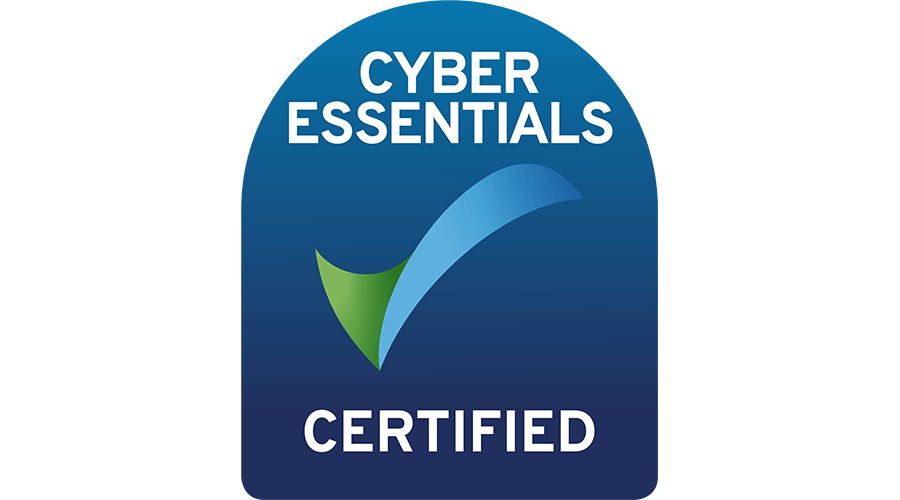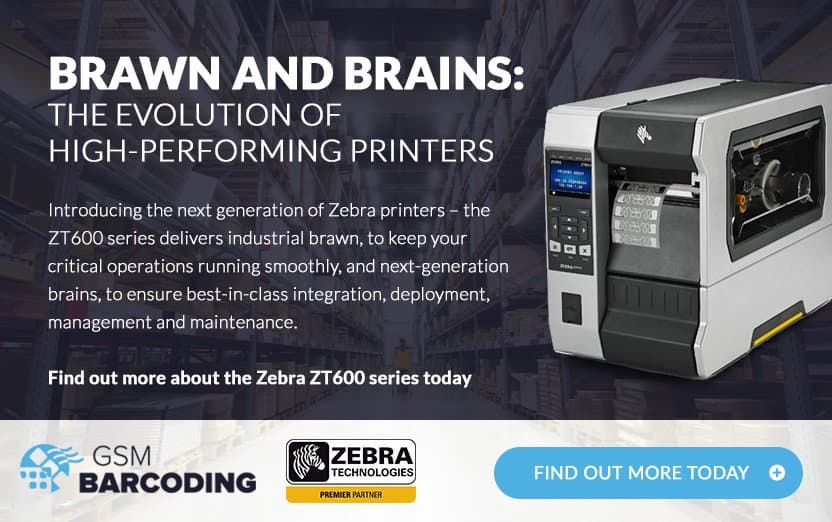For decades, barcodes have been used to help businesses with their internal operations or external supply chain connections.
At GSM Barcoding, we supply a broad range of practical solutions that can span a product’s or asset’s entire life cycle within your business. GSM has everything you could need, from bespoke labels for identification, tracking and monitoring systems for order fulfilment, and ID tags for the staff involved.

What Are Barcodes?
Although the UK began using barcodes in 1979, they were actually invented in 1948 by Norman J. Woodland and Bernard Silver. The barcode has been used to help businesses to track their inventory, better manage their products, and encode product information.
The design of the barcode, at least the modern iteration, is a series of black and white lines seemingly in a random order, a sequence of numbers running along the bottom of the label.

How Do They Work?
Barcode label design technology is constantly growing, improving, and developing new ways for labels to store data.
Barcodes work by encoding data in a visual pattern easily scanned and decoded by barcode readers or scanners. This process enables efficient and accurate data capture, making barcodes essential in various industries. The process of how barcodes work involves the following steps:
- Data Encoding – Information must be encoded, including product numbers, pricing, inventory codes or any other relevant information.
- Barcode Symbology – Barcodes use different symbology for formats to encode data. Each symbology has its own rules for representing characters and data.
- Conversion to Bars and Spaces – Once the barcode data is determined and the symbology is chosen, the data is converted into a series of bars and spaces. These bars and spaces represent the binary data of the encoded information.
- Quiet Zones – The space before and after the barcode is called a calm zone. The contrast these spaces provide helps barcode readers identify the beginning and end of the barcode.
- Printing or Displaying the Barcode – The encoded barcode is then printed on a label, product packaging, or a screen. It must be an accurate reproduction of the barcode.
- Scanning and Decoding – A barcode reader or scanner reads a barcode. The scanner emits a laser or LED light reflected off the barcode. It reads the barcode and decodes the information.
- Signal Analysis – The electrical signal from the scanner is analysed to determine the pattern of light and dark areas. The scanner decodes the binary data represented by the bars and gaps in the barcode.
- Data Retrieval – Once the barcode is successfully decoded, the scanner or scanning software retrieves and processes the data.
Different Types of Barcode Labels
There are several different types of barcodes, each with its own unique pattern and set of applications. The most common types of barcodes are:
- UPC (Universal Product Code) – used in retail and grocery stores to identify products.
- EAN (European Article Number) – used internationally for product identification.
- Code 39 – used in manufacturing and logistics for tracking products and inventory.
- Code 128 – used in shipping and logistics for labelling and tracking products. This type of barcode label is the most beneficial for a barcoding system in a warehouse.
- QR (Quick Response) code – used for marketing, advertising, and product identification.

How They Help Various Types of Businesses
As we are now in the digital age, the previous paper-based management methods have become obsolete. Our digital systems enable authorised personnel to input, organise and amend vast amounts of data accurately, quickly, and remotely.
Paper-based solutions always had the potential to be flawed, with data inaccurately entered or lost. These systems were often stored in a specific location, potentially inaccessible due to forgetfulness or inadequate updating procedures. It has been proven repeatedly that transferring to the digital system has streamlined data logging and is easily accessible to all authorised personnel.
Warehouse Stock Management
E-commerce has grown exponentially in recent years and has become the most popular form of commercial business. Many companies rely on having efficient storage space to hold their products. As online sales continue to climb, the logistical challenges increase as companies must ensure their product fulfilment centres are not disrupted.
Asset Management
Effective asset management is as vital as inventory management for efficient operations. Some businesses will have less inventory and products but rely heavily on their internal assets, such as necessary equipment or machinery.
At GSM Barcoding, we supply a combination of solutions to assist with asset tracking, including labels, software, and hardware solutions.
We provide tamper-evident labels that reveal someone’s attempt to remove it. These personalised asset tags and labels are used to identify your assets. They are custom-made, developed, and extremely sturdy to survive harsh situations without damage.
Benefits of Using Barcodes
Barcodes provide several benefits for businesses and consumers, including:
- Improved accuracy and efficiency in tracking products and inventory. Barcodes reduce the risk of human error in data entry, improving the accuracy of inventory management and reducing the likelihood of stock shortages or overstocking.
- Reduced labour costs associated with manual data entry. Barcodes eliminate manual data entry, reducing the time and resources required to manage inventory and track products.
- Increased speed of checkout and inventory management. Barcodes allow quick and efficient scanning of products, reducing the time required for point-of-sale transactions and inventory management.
- Enhanced supply chain management and logistics. Barcodes provide real-time visibility into product movement and inventory levels, allowing for better supply chain management and logistics.
- Better visibility and control over stock levels and product movement. Barcodes enable businesses to track inventory levels and product movement in real-time, providing greater visibility and control over their supply chain.
Digital Barcode Label Supplier
We are proud members of the GSM group, the most prominent nameplate and label company in Europe. We specialise in supporting businesses by providing practical solutions for their barcoding needs, such as label design software and wireless site surveys to ensure your business runs efficiently. Contact us to discover which digital barcode solutions will help your business.


















